It’s no secret that OEM-aligned teams work together in modern NASCAR, but did Sunday’s finish cross the line into race manipulation? Hall of Fame driver Jeff Gordon, who now serves as the Vice Chairman at Hendrick Motorsports, saw nothing wrong with what unfolded in the closing laps.
Speaking in a Monday media availability, Gordon said: “One thing that we do all year long … this is something that you build on year after year as an organization with your teammates and your OEM in Chevy, it’s having these conversations: How do we work together, how do we not work against against one another, how do we share information, and what do we do about being aware of one another on the race track — no matter what race it is all year long but especially when you get into the playoffs.

#24: William Byron, Hendrick Motorsports, Liberty University Chevrolet Camaro, #3: Austin Dillon, Richard Childress Racing, Bass Pro Shops Chevrolet Camaro
Photo by: John K Harrelson / NKP / Motorsport Images
“That’s your job as a driver and as a team and a crew chief — it’s to be aware of what’s on the line. Who is in the championship hunt, who (has) got a shot to transfer through if they win, who is tight on points and so I think that’s what you saw really play out yesterday.”
Radio communication indicated that there might have been some sort of organization from manufacturer allies, or at the very least an intense focus on what was happening with the No. 24. Byron could not afford to lose a single spot, and the No. 3 of Austin Dillon rode behind him for the final leg of the race. When the No. 1 Chevrolet of Ross Chastain arrived, chatter on the Dillon radio wanted to make sure that Chastain’s team knew what was on the line. Neither driver ever passed Byron, forming a rolling blockade of sorts that stopped anyone else from getting close to the HMS driver.
Ultimately, Gordon saw nothing wrong with how things transpired from within the Chevrolet camp in the closing laps. He only saw drivers “racing as hard as they could, but also racing to advance and racing to make sure you’re aware of what others are doing and what they had on the line. That means you don’t go wreck somebody or turn somebody. You just give them a little bit more room and leniency and I feel like that’s what I saw from a Chevy side of things”
Gordon thought a Bell penalty was coming
After the race, NASCAR deliberated for 27 minutes. Gordon was right there with William Byron on pit road during the agonizing wait for NASCAR to hand down their ruling. His initial gut reaction after the race was that NASCAR would act on Bell’s wall-ride, which would put them in a good position to get Byron into the Championship 4.
“Immediately my focus went to watching the 20 [Bell] car ride the wall,” said Gordon. “It looked like he was accelerating and even though it wasn’t the same with what happened with the #1 car and Ross Chastain … it looked very, very similar to me.
“When you saw what happened with the 20 get loose and get up into the wall — we were watching that intently. And then when he rode the wall, I did feel like … NASCAR may have a ruling there.”
Ultimately, he was correct. NASCAR ruled it as a safety violation and Bell was moved to the end of the lap, ending his 2024 title bid. Had NASCAR left it alone, three of the four drivers eliminated on Sunday would have been Hendrick drivers and none would have remained to fight for the championship.
NASCAR stated on Sunday that the radio communications were not part of their immediate decision post-race but that they would review it this week. While the Championship 4 likely will not change, it’s possible NASCAR could choose to penalize the No. 1 and No. 3 teams, and perhaps even the No. 23 Toyota of Bubba Wallace, who slowed with an alleged issue on the final lap.






